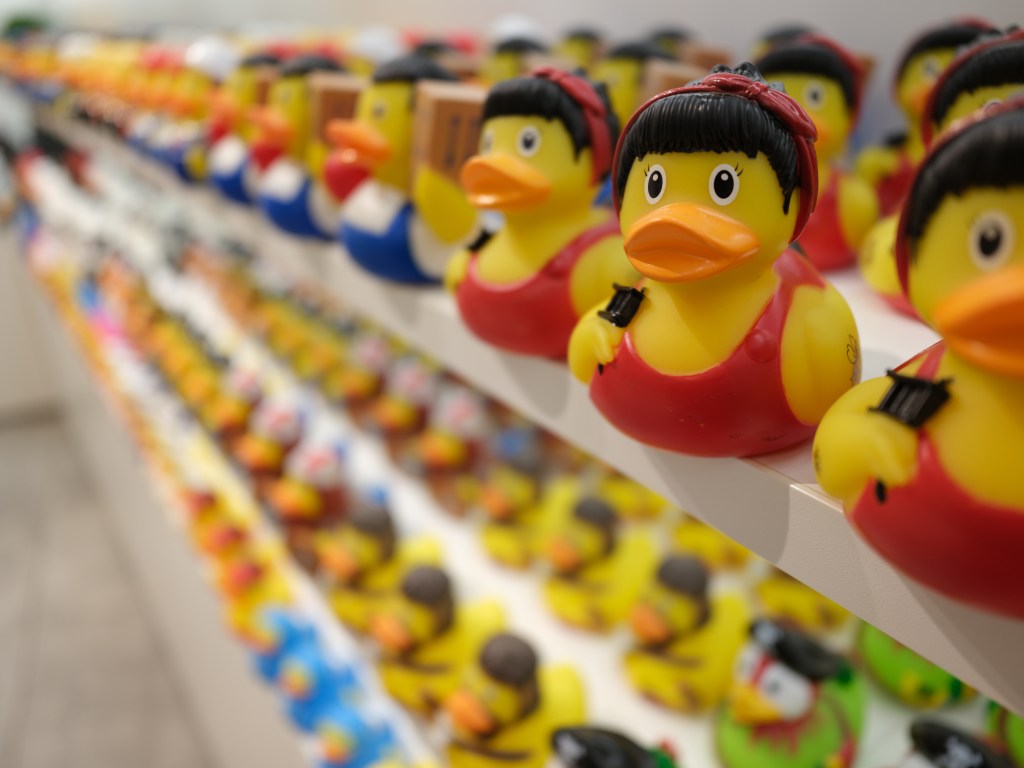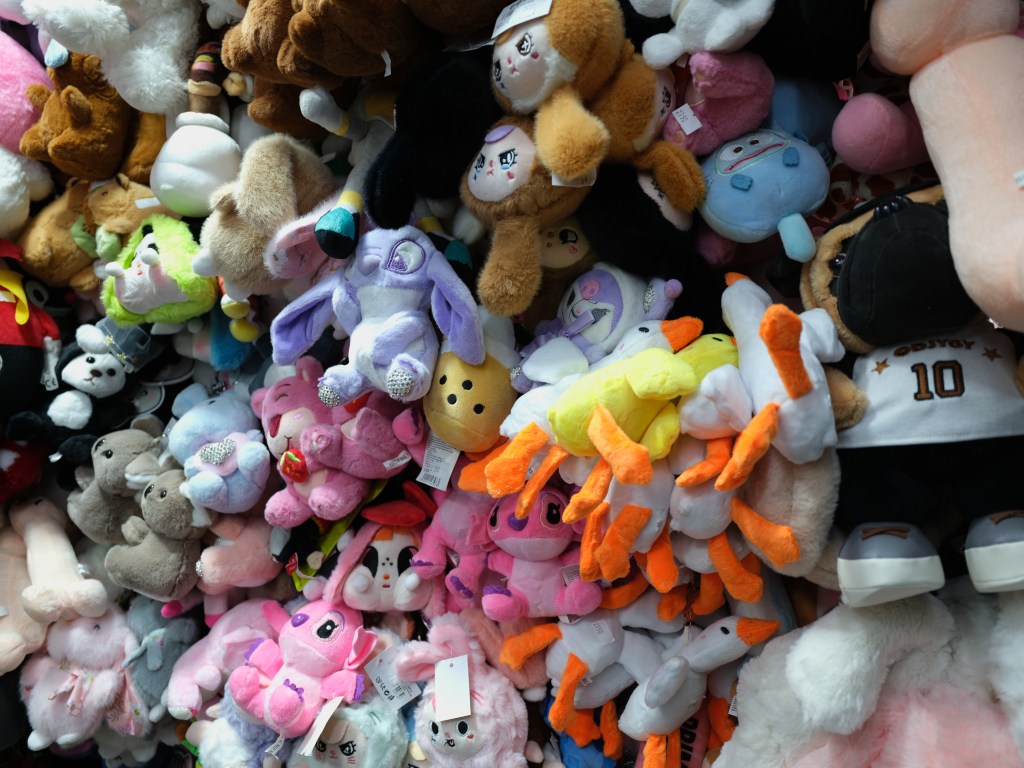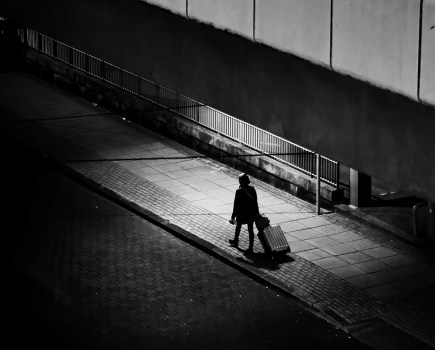Have a look at the sheer size of the rear lens element needed to cover a medium format sensor, in the cut-away diagram shown above, and tell me you’re not impressed! Fujifilm are offering a camera that changes what we think is possible within the laws of physics, as Fujifilm has made the GFX100RF compact camera with a medium format sensor measuring 44 x 33mm. Amazingly the rear lens element is able to cover the whole sensor, and the use of a leaf-shutter helps keep the camera small.
- Have a look at our Fujifilm GFX100RF hands-on preview.
This camera now gives photographers the ability to think outside the “full-frame” box, and find a camera with the highest resolution ever seen in a compact camera – i.e. one with a fixed, non-removable lens. The 102MP medium-format sensor uses actual pixels for every pixel, rather than the quad (or more) Bayer sensors used in smartphones, that use pixel binning to combine 4/9/16 pixels into 1.
With 102MP, you need to be prepared for the sheer size of these files, with JPEG images around 30-60MB in size, and RAW files a whopping 70MB in size (compressed). But if you’re used to high-resolution files, then this shouldn’t be a problem.
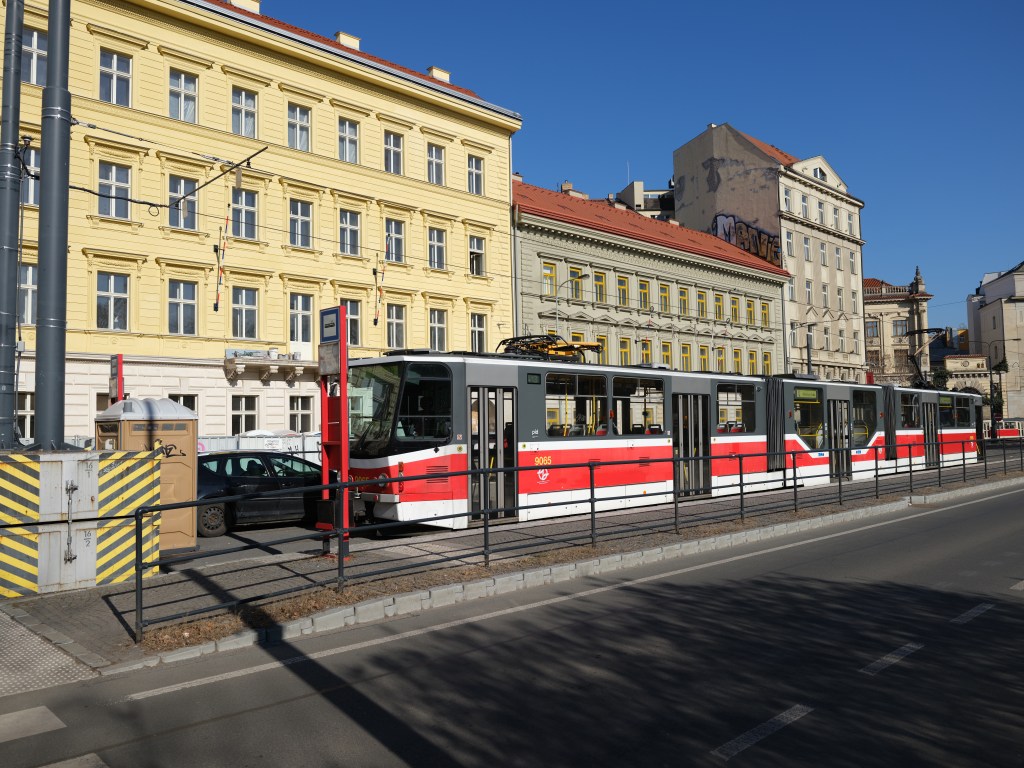
At this point, it’s worth reminding people that not all pixels are created equally. You can get smartphones with 200MP sensors, but they’re nowhere near as good as this. A tiny camera sensor in a smartphone behind a tiny lens, is not going to, in any way, be able to match the level of detail that can be captured by a sensor that is 4-8x larger, with a lens that is also 10-15x larger. With this resolution, you’re able to shoot, and crop when needed, and still see images packed full of detail.
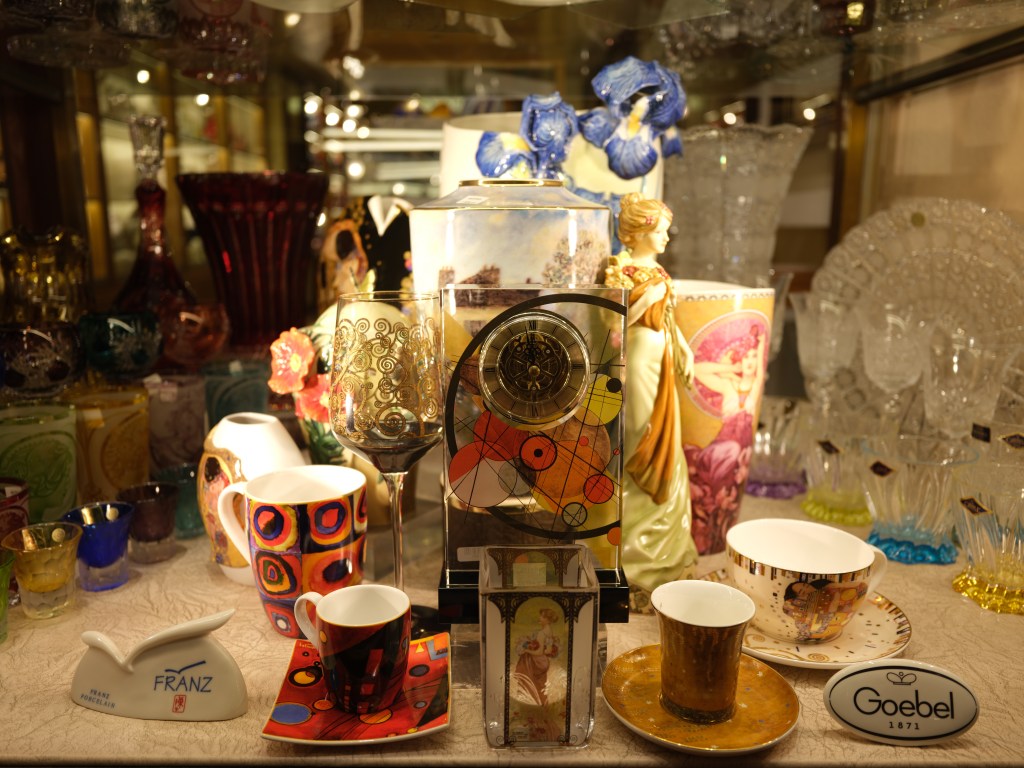
The new camera isn’t cheap though, and we will have to wait and see how the market responds to this new camera. The Fujifilm X100VI is, quite rightly, an extremely popular camera, but being priced at $1599 / £1699 it’s easy to justify the expense. In comparison the new Fujifilm camera’s $4899 / £4699 / €5499 price tag puts this into the another level of price, being the same price bracket as Leica cameras, such as the Q3, with its full-frame 60MP sensor.
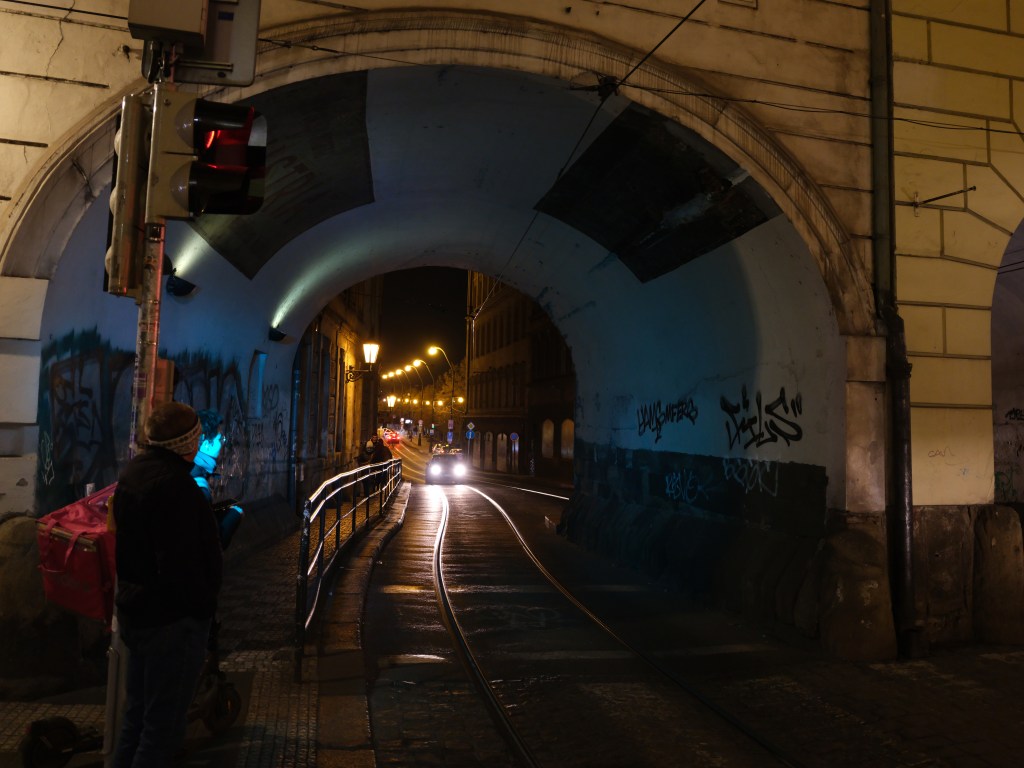
There are also a vast number of other cameras available, much cheaper than this model. Of course, none of them offer the same lens or sensor combination. If you want a real 102MP camera, this is the least expensive.
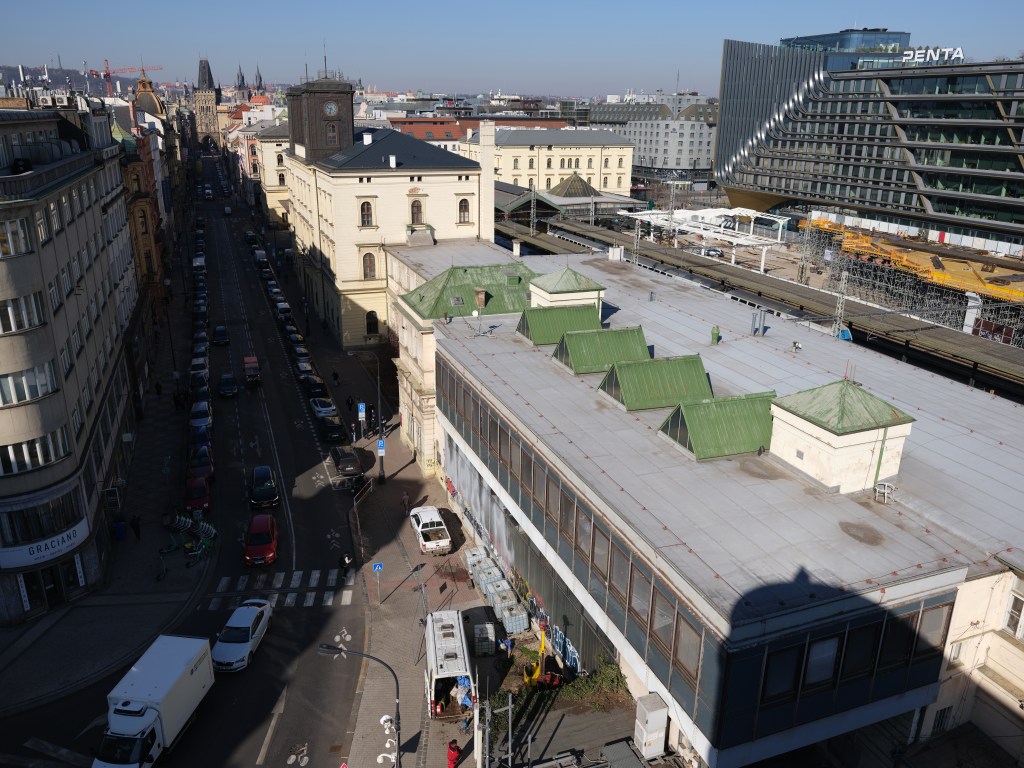
Fujifilm seem prepared to produce new cameras that have never been made before, and explore different design options, such as the incredible X100 series, as well as the X-Pro3 with unique dual-screen design. And whilst the X100 series resulted in a worldwide success, the X-Pro3 design was polarising at the time, and hasn’t aged particularly well. Either way, it’s great to see a traditional camera company willing to innovate in new ways, and we’re yet to see how the medium-format GFX100RF performs in the real world when we put it through a full review process.
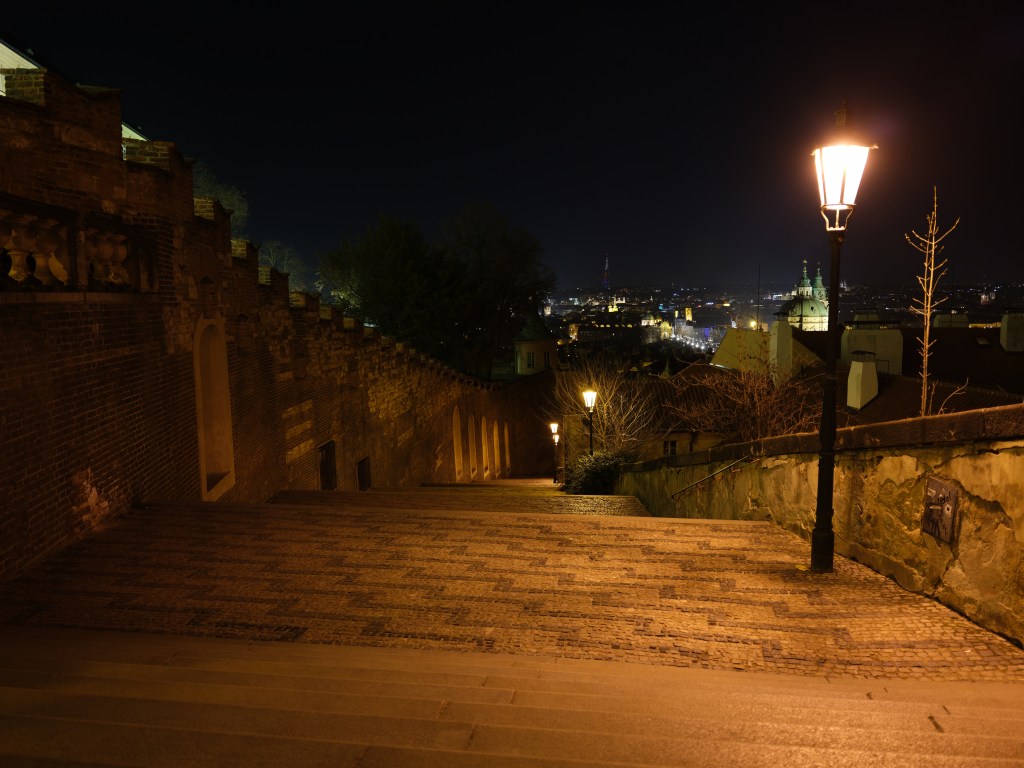
Thinking outside the “full-frame” box can be good for photographers as well, as it allows us to look at larger and smaller sensor options to see what’s available, and what’s right for us. We can go larger, with the GFX system, or go smaller with APS-C and Micro Four Thirds cameras. But beyond just the sensor size, the new GFX100RF gives us a relatively small camera with a large sensor.
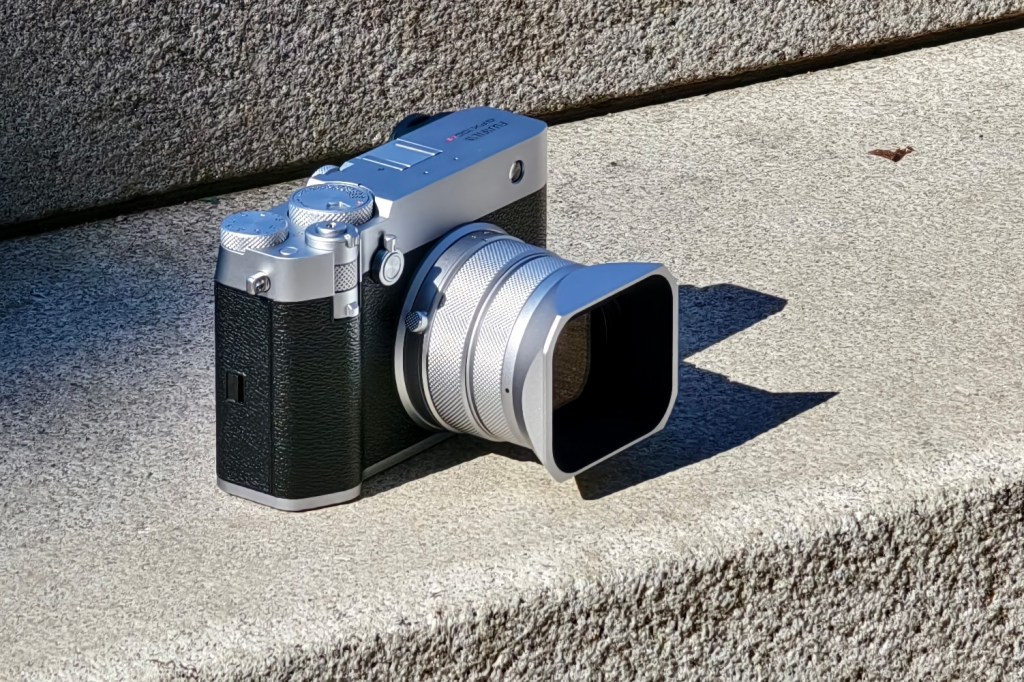
Other camera companies have taken a large sensor and made it into an enduring series of cameras, with the Leica Q, Q2, Q3 being the prime example, but others have failed to keep the camera line going, with the Sony RX1/RX1R cameras no longer released. Here’s hoping Fujifilm’s new GFX100RF is the beginning of a new, successful line of cameras.
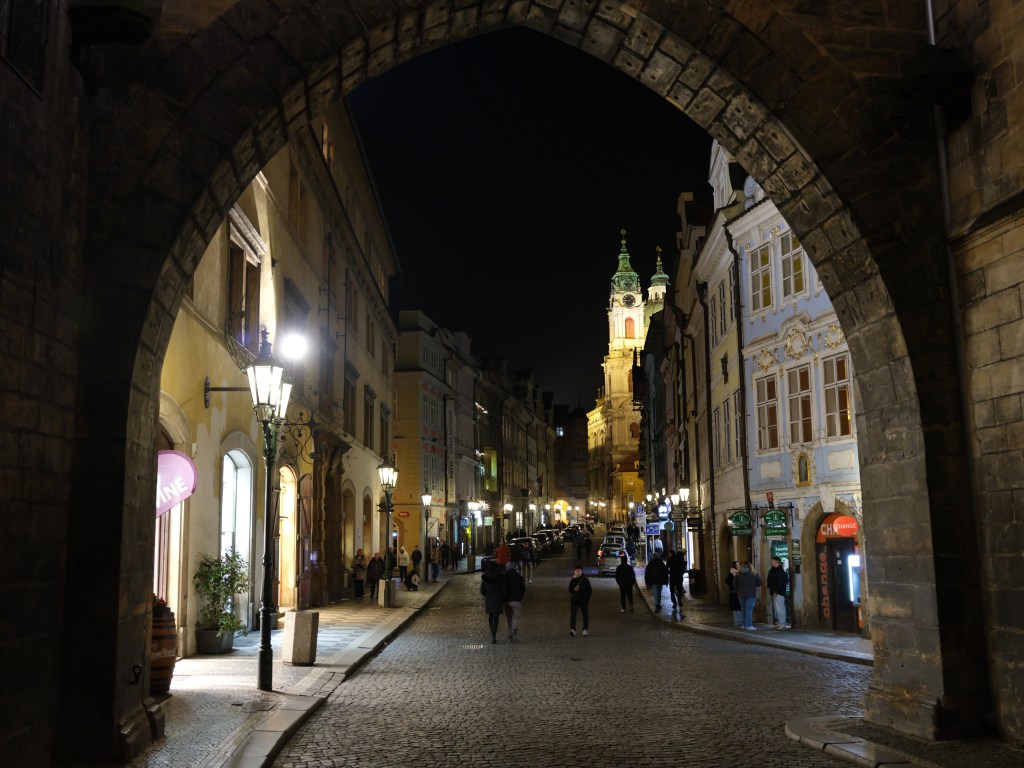
The Fujifilm GFX100RF comes with Fujifilm’s now famous Film Simulations, as well as in-camera raw processing, which means you can quickly correct any errors in-camera.
I managed to shoot at shutter speeds as slow as 1/25s, but struggled to keep the camera steady at slower shutter speeds, as the camera does not feature in-body image stabilisation (IBIS). With an f/4 aperture, the ISO speed needs to be increased to increase the shutter speed, or alternatively you can take a tripod with you when needed.
You’ll find more sample photos below, simply click the image to view them full-size, although be aware that they are large, and may take some time to download.

For more information, have a look at our Fujifilm GFX100RF hands-on preview. We’ll be adding more photos as we take them.


